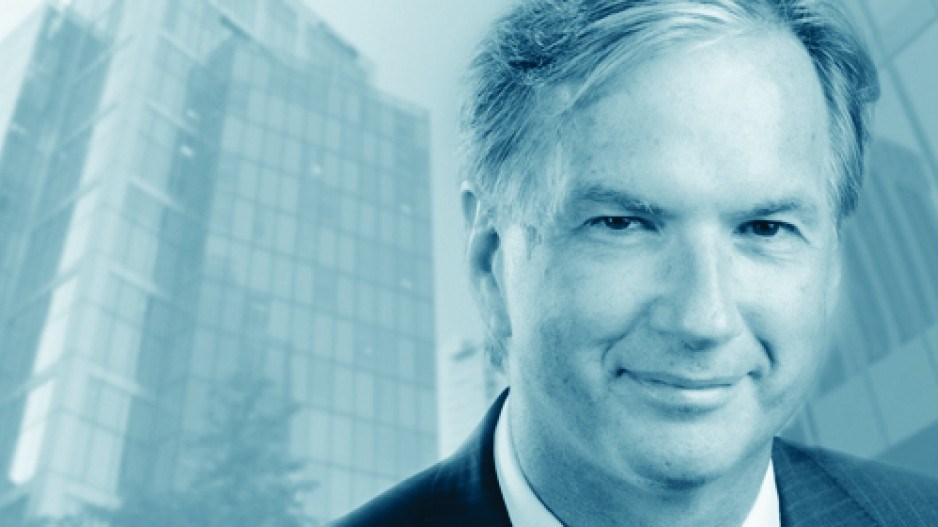For today’s object lesson in livability, let’s focus on an exquisitely designed community pool by Vancouver architect Bing Thom.
Take your pick: it could serve as a competitive venue with its 50-metre lap facility or as the city’s biggest leisure hub with an extensive family fun zone. There is a sauna and steam room, therapy and walking lanes for those who are reclaiming or struggling with mobility and a first-rate water slide for the fearless.
Its architecture lets the sun in and lets the city in at once. Its combination of exterior and interior building materials creates what Thom calls a “magic box.” And there is a lot of free parking.
One year in, it is correctly earning the envy of the world for its enlightened statement about what a community deserves.
If you haven’t noticed this iconic structure around Vancouver, there is an easy answer: one of the city’s most celebrated architectural firms went down the highway to get the job done.
The Guildford Aquatic Centre in Surrey should make the City of Vancouver take note.
For a major city that somehow makes The Economist’s list of livable places, our recreational infrastructure remains in comparably incongruent disarray.
Apart from the Olympic gift of Hillcrest, we haven’t built a rink in decades. Hockey players and figure skaters are increasingly in Burnaby, on the North Shore, or at UBC if they want modern facilities.
Our aquatic centre is threatened and our pools are stagnating. The city won’t finance any new outdoor pools, much less the indoor ones, so the Park Board is resorting to cheaper pop-up temporary pools, presumably in less-affluent neighbourhoods that desperately need more than green space in summer.
Our soccer pitches are largely left to their devices. We didn’t contemplate the arrival of ultimate Frisbee as a millennial sport, so we didn’t develop facilities accordingly.
Our softball and baseball diamonds depend on fundraising for almost any upgrade. We can’t host a single softball tournament of any significance, and our Little League excellence is a testament to the determination of volunteers who serve as parallel governance in the absence of civic leadership.
The community centres we use for our personal fitness have been in a fight for their economic independence for more than three years now. We are without a modernized Joint Operating Agreement to arrange finances and decision-making, with the basic effect of demoralizing community centre managers and volunteers and diverting hundreds of thousands of dollars into legal miasma. A court challenge of city hall’s control-mindedness by a half-dozen centres – more would join, but are content to let the other six lead the charge – remains a symbol of the dysfunction.
If the political figures in the city are impotent when it comes to making Vancouver affordable, if they are spinning their wheels on finding intelligent transit solutions to serve the towers they seem to approve every week, the least they can do is diversify their monomania with bicycles as the path to wellness and make the city more recreationally livable.
For all of the strategies on environmentalism Vancouver shamelessly advocates, it has been silent and miserly on the environmental value that a community derives from recreational excellence and encouragement.
The result: before the sun rises and after it sets each day, Vancouverites drive to neighbouring communities to take advantage of better places to learn and play.
This is not the city we should want.
The opportunity for strategic economic investment in recreational infrastructure passed us by when the expense was within easier reach; so the catch-up now will be considerably more expensive and likely require private partnerships to confer. The community amenities we coax from developers when they are granted more density ought to be a place to look for solutions.
But in the absence of imminent solutions to affordability, we still have within our grasp opportunities to make what is here more livable, more effective in developing our community’s identity, and more embracing of our beauty. Barely.
Kirk LaPointe is Business in Vancouver’s vice-president of audience and business development




